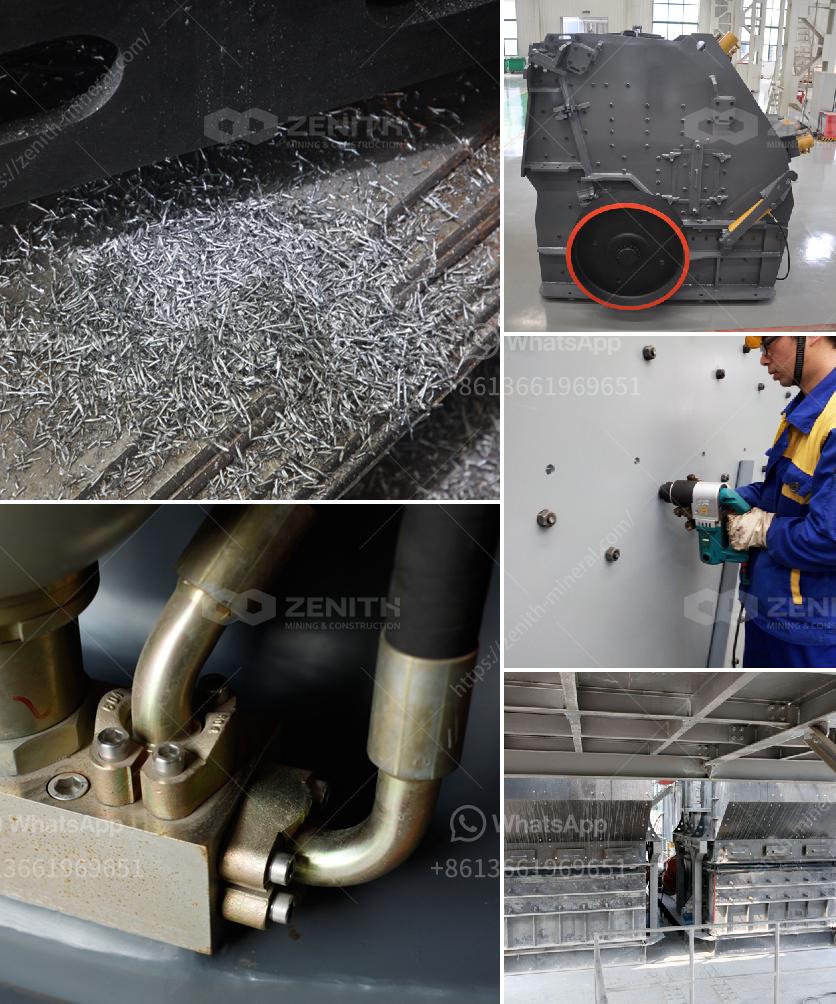Mineral beneficiation, which involves the process of separating valuable minerals from their ores, faces several significant challenges. These challenges can be broadly categorized into technical, environmental, economic, and regulatory issues. Let's delve into each of these categories in detail:
Complex Ore Composition: Many ores contain a complex mix of minerals, making it difficult to separate valuable minerals from the waste material. The presence of fine-grained minerals and the interlocking of valuable minerals with gangue minerals can complicate the beneficiation process.
Efficiency of Separation Techniques: Traditional beneficiation techniques such as flotation, magnetic separation, and gravity separation may not always be efficient for all types of ores. Developing new and more efficient separation techniques is a continuous challenge.
Energy Consumption: Beneficiation processes are often energy-intensive. Crushing, grinding, and various separation processes require significant amounts of energy, which can be costly and environmentally damaging.
Water Usage: Many beneficiation processes require large quantities of water, which can be a limiting factor in arid regions. Efficient water management and recycling are critical to address this challenge.
Tailings Management: The disposal of tailings, which are the waste materials left after the valuable minerals have been extracted, poses a significant challenge. Tailings can contain harmful chemicals and heavy metals, requiring careful management to prevent environmental contamination.
Pollution: The beneficiation process can generate dust, noise, and chemical pollutants, which can have adverse effects on the environment and human health. Managing and mitigating these pollutants is essential.
Habitat Destruction: Mining and beneficiation activities can lead to the destruction of natural habitats, affecting biodiversity. Rehabilitating mined areas and ensuring sustainable land use practices are important considerations.
Water Contamination: The use of chemicals in beneficiation processes can lead to the contamination of water sources. Ensuring that effluents are treated and managed properly to prevent water pollution is a major challenge.
Cost of Technology: Advanced beneficiation technologies can be expensive to develop and implement. The high capital and operational costs can be a barrier, especially for small and medium-sized mining operations.
Market Fluctuations: The profitability of beneficiation operations is closely tied to the market prices of the minerals being extracted. Fluctuations in commodity prices can impact the economic viability of beneficiation projects.
Resource Depletion: As high-grade ore deposits become depleted, mining operations are forced to process lower-grade ores, which can be less economically viable and more challenging to beneficiate.
Compliance with Environmental Regulations: Mining and beneficiation operations must comply with stringent environmental regulations. Ensuring compliance can be costly and time-consuming, but it is essential to minimize environmental impact.
Permitting and Licensing: Obtaining the necessary permits and licenses for beneficiation operations can be a complex and lengthy process. Navigating regulatory frameworks and ensuring all legal requirements are met is a significant challenge.
Community Relations: Beneficiation operations often take place in or near communities. Building and maintaining positive relationships with local communities, addressing their concerns, and ensuring that they benefit from the operations are important aspects of regulatory compliance.
Mineral beneficiation faces a multitude of challenges that span technical, environmental, economic, and regulatory domains. Addressing these challenges requires a multidisciplinary approach, involving advancements in technology, sustainable practices, effective management strategies, and robust regulatory frameworks. Continuous research and development, along with collaboration between industry, government, and communities, are essential to overcome these challenges and ensure the sustainable and efficient beneficiation of minerals.
